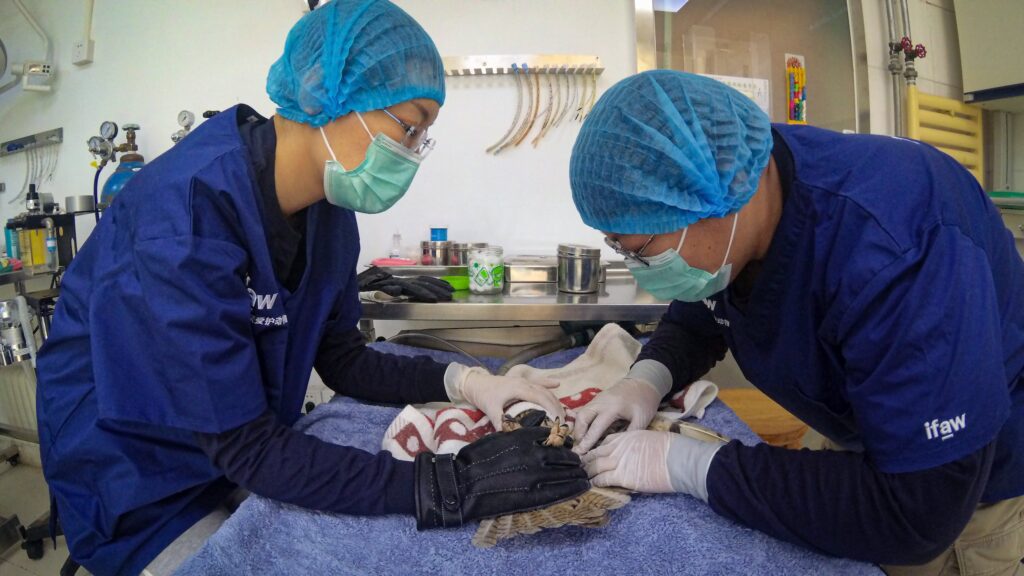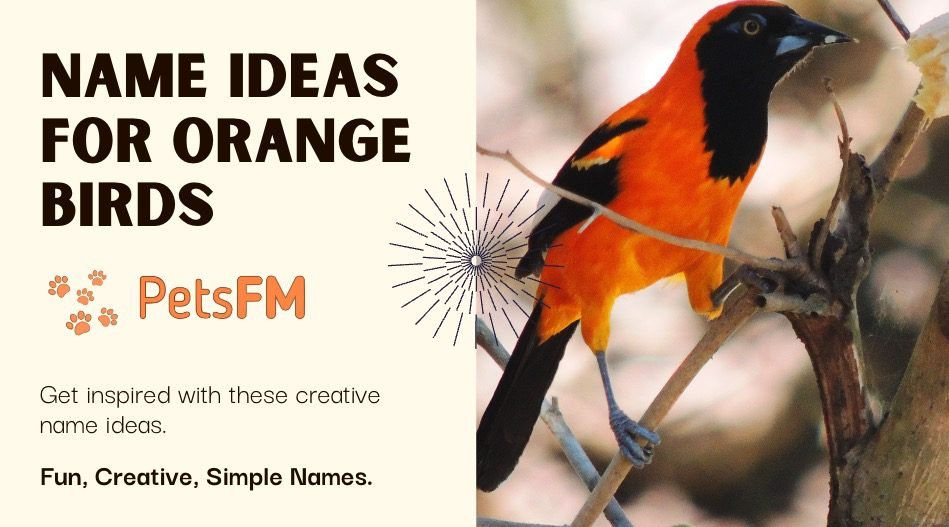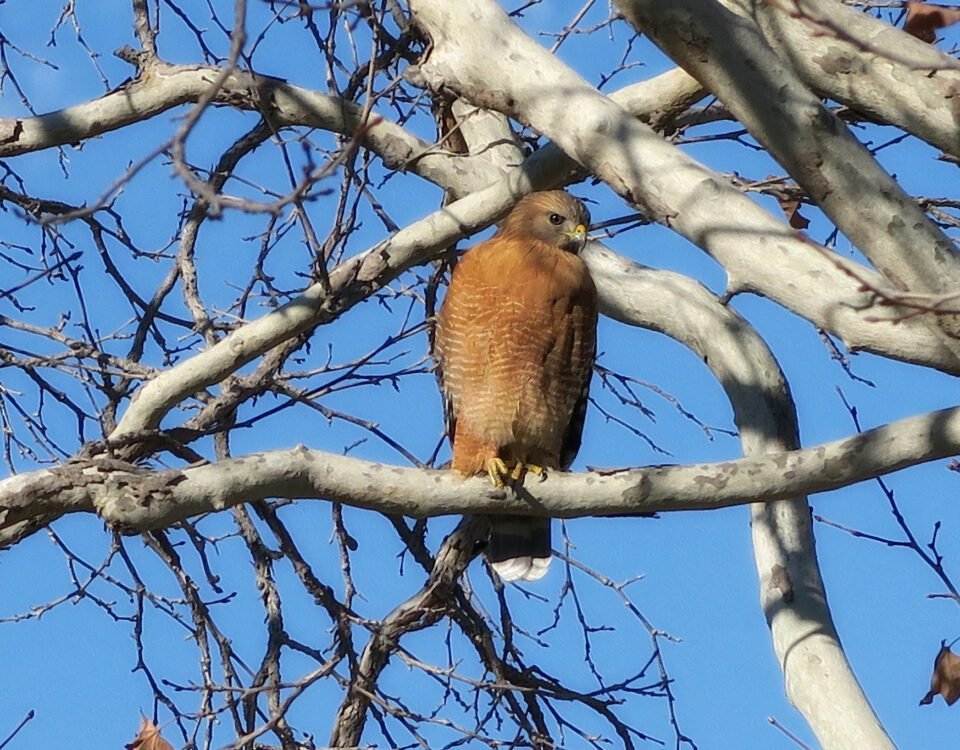


Bird Poop On Car Symbolic Meaning: Superstitions & Beliefs
October 23, 2023![100+ Bird Names In Bengali With Translation in English [UPDATED]](https://petsfm.com/wp-content/uploads/2023/11/bird-names-in-bengali-150x150.jpg)
![100+ Bird Names In Bengali With Translation in English [UPDATED]](https://petsfm.com/wp-content/uploads/2023/11/bird-names-in-bengali-150x150.jpg)
![100+ Bird Names In Bengali With Translation in English [UPDATED]](https://petsfm.com/wp-content/uploads/2023/11/bird-names-in-bengali-150x150.jpg)
100+ Bird Names In Bengali With Translation in English
October 25, 2023As spring and summer are the primary nesting seasons for many birds, it’s the period when young and fledgling birds begin to explore their surroundings. Discovering a baby bird or a fledgling on the ground can be both alarming and mysterious. What’s the right course of action? Should you intervene and pick it up, or is it best to let it be? And, if you do handle a baby bird, will its mother abandon it?
Fledglings, which are nearly fully feathered, often leave the nest shortly before they’re capable of flying. Hence, it’s common to spot them on the ground. Ensure your pets are kept at a distance, refrain from disturbing the young bird, and keep an eye on it. Typically, the parents are not far off and are still tending to their young by feeding them.
Continue reading, and we’ll guide you on determining when a grounded baby bird requires your assistance and the steps you can take to help their survival.
Is The Grounded Bird A Fledgling, Nestling, Or A Hatchling?
When you encounter a baby bird outside its nest, it’s crucial to first identify whether it’s a hatchling, nestling, or fledgling.
Hatchling: A hatchling has just emerged from its egg. These birds resemble newborns, with no feathers and closed eyes. If a hatchling is found on the ground, it might have been dislodged from the nest due to weather conditions or some other disturbance. Such a bird requires immediate assistance as it can’t care for itself and risks death without intervention.
Nestling: A nestling is an intermediate stage, older than a hatchling but still too young to be on its own. They are usually between 3 days to 2 weeks old and might display some budding feathers. Discovering a nestling on the ground means it needs help, as they are exposed to threats like inclement weather, predators, and starvation.
Fledgling: Fledglings, conversely, are juvenile birds older than nestlings, usually aged 2 weeks or more. Their eyes are open, and they’ve started growing feathers. They are learning to fly, so it’s not uncommon to see them on the ground, perhaps after an unsuccessful flight attempt. If you come across a fledgling on the ground, it’s often best to leave them be, as they are usually in no immediate danger and don’t require rescuing.


Fledging bird on ground
Helping The Fledgling On The Ground
Have a look at the following steps to help the grounded fledgling:
1: Leave The Grounded Fledgling On The Ground As It Learns To Fly
As they learn to fly, fledglings can often be spotted on the ground. It’s a natural part of their development, and they may remain at ground level for up to 1–2 weeks. While their hopping and flitting might appear as signs of distress, they’re simply honing their skills.
- As long as you observe parental birds attending to and feeding the fledgling, rest assured they are in good hands.
- Your best course of action for a healthy fledgling is non-intervention.
- However, if you’re ever worried about the fledgling’s wellbeing, it’s okay to occasionally check on them from a distance every couple of days.
- Just ensure that they remain active and continue to receive care from their parents.


Fledging Bird in Nest
2: Do Not Relocate The Fledgling Into Its Nest
While placing a fledgling in a nearby nest might be tempting, resist the urge. The newcomer is likely to hop right back to the ground. Sometimes, parent birds might even expel the young bird from the nest again!
- Additionally, the nest you’ve spotted might not belong to the fledgling’s family or could be built by another bird species.
- The safest and best action is to simply let the fledgling be.
We Suggest Reading: Why Won’t My Bird Stop Screaming? Identifying Reasons
3: Let The Baby Bird’s Parents Feed It
It’s natural to feel the urge to feed a seemingly vulnerable fledgling, but it’s essential to avoid it. Even if they appear needy, their parents are usually nearby, bringing food to them periodically. Also, there’s no need to provide water, as fledglings can find it themselves.
- Refrain from picking up the fledgling or taking them to a water source, as this can expose them to the risk of getting lost or facing predators.
- Furthermore, if fledglings become too accustomed to human feeding, they might imprint on humans, making it challenging for them to socialize with their own kind later.
- Moreover, there’s the risk of feeding them incorrectly, which can harm their health.


3: Let The Baby Bird’s Parents Feed It
4: Save Yourself From The Protective Parent Birds Nearby
When fledglings are on the ground mastering the art of flying, their attentive parents are often close by. Certain bird species, such as crows, can be highly protective of their young and might perceive humans as threats, leading them to dive-bomb or swoop at you.
- If you notice adult birds making aggressive moves towards you, simply avoid direct eye contact and move away swiftly.
- Avoiding the fledgling’s vicinity is wise until the baby birds have mastered their flying skills.
- If avoiding the fledgling’s location is not feasible, carrying an umbrella can be a useful shield. This will deter the parent birds and safeguard your head and face.
Must Read: Can Birds Have Milk? Different Types of Milk Analyzed!
Is The Fledgling Injured Or Sick?
Regardless of the bird’s age, when found on the ground, it’s crucial to check for indications of illness or injury. Signs to look out for include:
- Dirty, tangled, or missing feathers
- Puffed-up plumage
- Visible wounds or cuts
- Clouded or swollen eyes
- Sagging wings
- Uneven pace or staggering
- A tilted head
- Lack of movement, even upon close approach
- Failure to fly (for birds matured beyond the fledgling stage)
- Difficult breathing, including gasping or heavy panting.
Here’s what you should do to help the sick grounded fledgling:
1: Seek Professional Help
If you come across an injured fledgling, contacting a wildlife rehabilitator is crucial. These individuals are specially trained to attend to orphaned or injured fledglings.
- To find a rehabilitator near you, visit your local government’s wildlife department website.
- Promptly contacting one ensures the bird receives timely care. The rehabilitator will assess the fledgling and, if needed, transport it to a specialized wildlife care center.
- It’s worth noting that each state or region may have its own directory of licensed wildlife rehabilitators.
- It’s crucial to resist the urge to care for the fledgling yourself, as in many areas, keeping wild animals without the necessary permissions is illegal.


Bird at Vet
2: Place The Fledgling On A Lower-Tree Branch If In Absolute Danger
If a fledgling is found in a busy area or near potential threats like predators, move it to a safer location.
- Before handling the bird, wear gloves to protect yourself from potential pecks or scratches.
- Carefully slide your hand under the fledgling, ensuring a gentle yet firm grip.
- Relocate the bird to a nearby low-hanging tree branch or within the safety of a bush where it can remain concealed.
- If the fledgling shows signs of injury, even after moving it to a safer spot, it’s essential to contact a wildlife rehabilitator for professional care.
Contrary to popular belief, parent birds won’t abandon their offspring if touched by humans. Most birds have a limited sense of smell, so they’re unlikely to detect and be deterred by human handling of their young.
3: Keep Pets And Other Nearby Animals Away From The Grounded Fledgling
Fledglings that haven’t mastered flying are particularly vulnerable to domestic pets, with cats being a primary threat given their predatory nature towards birds.
- If a fledgling is located within approximately 1⁄4 mile (0.40 km) of your residence, it’s mindful to keep your pets, especially cats, indoors for up to two weeks or until you’ve observed the fledgling safely taking flight.
- Additionally, if your neighbors own cats or other potential threats to the fledgling, kindly suggest they do the same to protect the young bird.
Editor’s Pick: Are Birds Color Blind? How Birds See Colors
Conclusion
Navigating the delicate situation of finding a fledgling on the ground can be both a moment of concern and a beautiful insight into the natural world. By understanding the distinct stages of a bird’s early life – from hatchling to fledgling – and recognizing signs of distress, we can make informed decisions on when to intervene.
We all have a role in safeguarding these young avians, whether by providing temporary safe spots, informing neighbors, or keeping our pets at bay. In our shared environment, understanding and respecting the needs of these fledglings underscores the broader importance of living harmoniously with the natural world around us.



